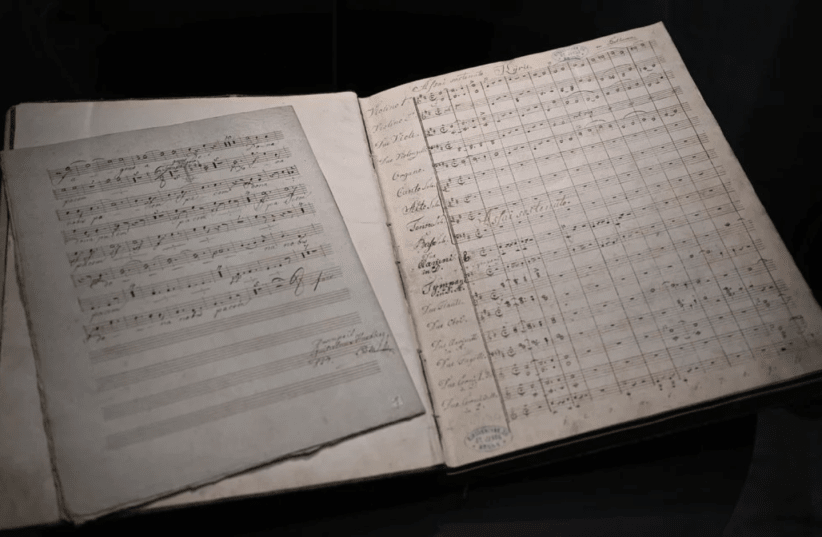Sheet music written by Ludwig van Beethoven that was confiscated by the Nazis for its worth will be returned to the family who had it before the Nazi era who will become the rightful owners again.
The composer's handwritten manuscript for the fourth movement of his String Quartet in B-flat Major was in the possession of the wealthiest family in pre-World War II Czechoslovakia. Through the years, the manuscript for the movement worked its way to the Moravian Museum in the Czech city of Brno, where it had been stored for more than 80 years.
However, the manuscript is finally going to find its way back to the original heirs of those items seized by the Nazis, the Petschek's.
According to the Smithsonian Magazine, the Petschek family was not the first to have it after the composer himself. Beethoven, who died in 1827, "gave the piece’s fourth movement to his secretary, Karl Holz. At least two other private owners possessed the manuscript before the Petschek family, who made their fortune in the mining and banking industries," the publication wrote.
Though the family's path to acquiring the piece was unknown, it had remained in the Moravian Museum since the years following World War I.
Nazi-looted art had few boundaries
Museums across the world have had to sift through their pieces and see what might have been stolen by the Nazi regime and redistributed, whether intentionally or mistakenly, to the wrong sources. Recently, the Museum of Modern Art (MoMA) found itself facing this problem. The museum is home to about 800 paintings that “were or could have been in continental Europe during the Nazi era,” according to their website.
The MoMA’s move comes as a new state bill mandates that artwork and artifacts stolen in Europe during World War II, now on display in New York museums, will be required to have signage acknowledging that they were Nazi-looted.
The bill is part of a legislative bundle signed by New York Governor Kathy Hochul earlier this month, aimed at honoring Holocaust survivors. It requires that museums in the Empire State, home to nearly 40,000 Holocaust survivors, display a placard or sign alongside pieces of art from before 1945 that are known to have been looted or sold against the owner’s will under Nazi rule. According to the legislation text, the Germans stole 600,000 works of art during the Nazi era, about 100,000 of which remain missing.

